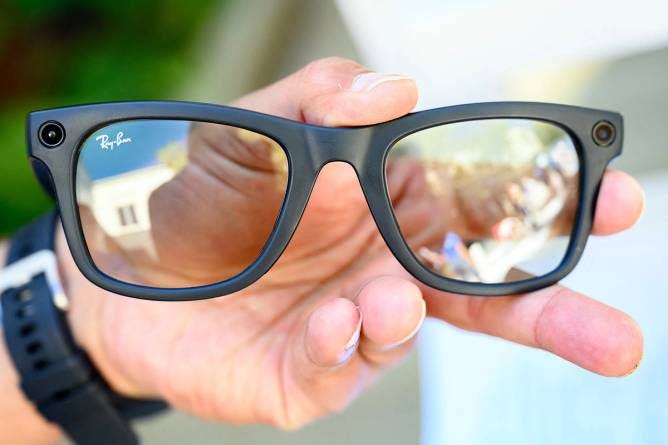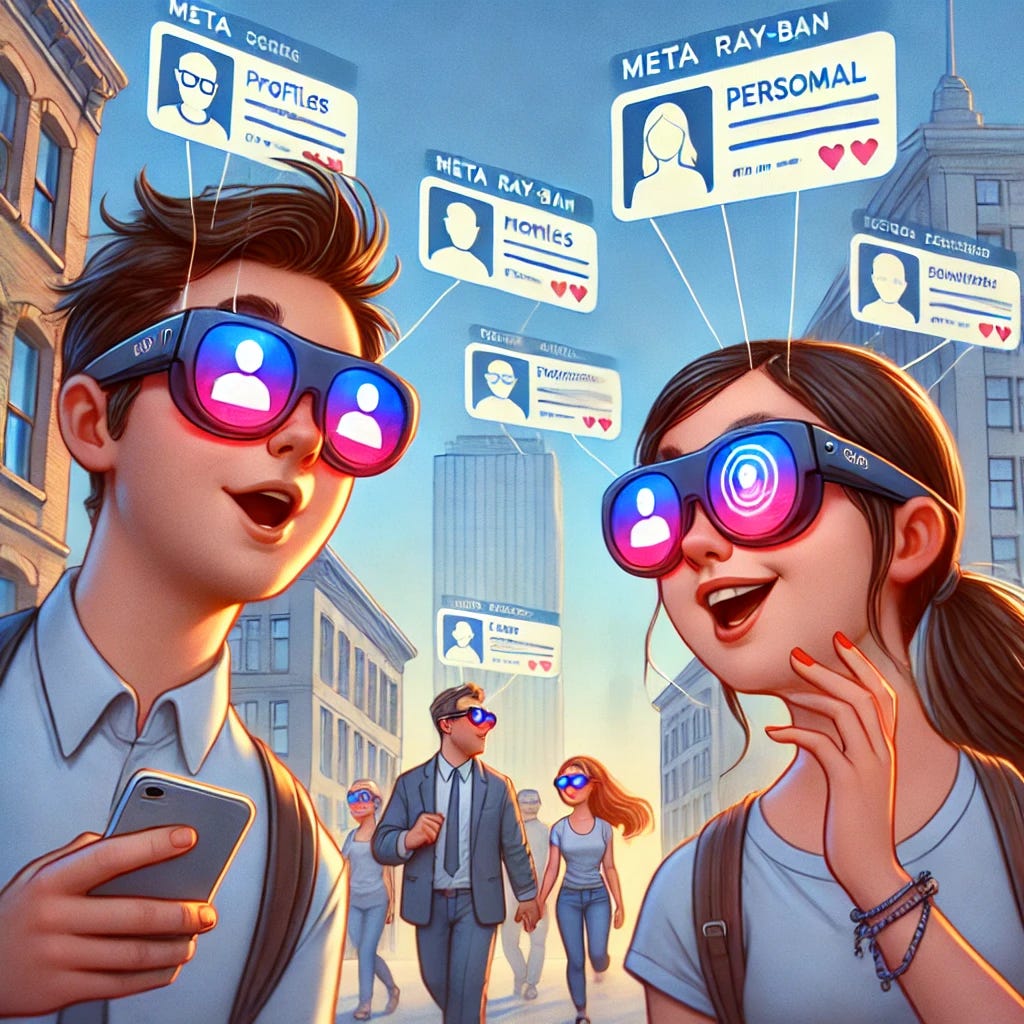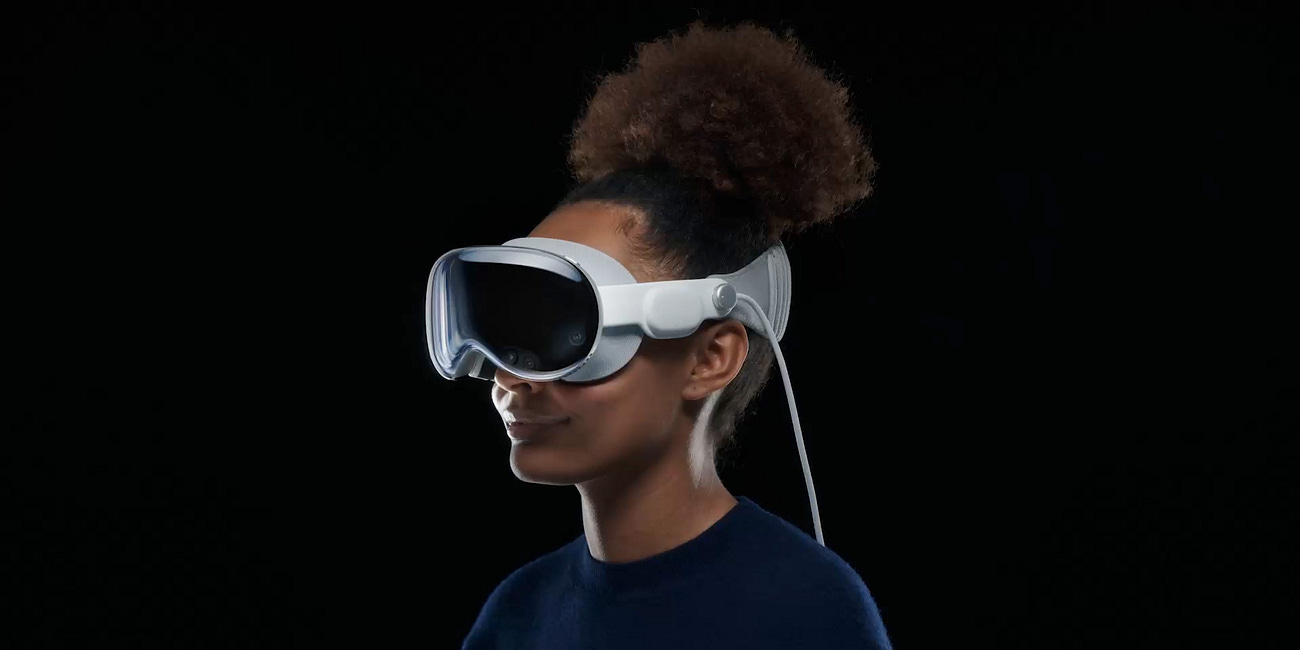Divyadrishti in the Digital Age: Meta Smart Glasses Are All You Need
Meta Glasses and a Simple Software: Know everything about a total stranger, merely by gazing at them. The Ultimate Surveillance Tool.
How Ordinary Mortals Can Gain Divyadrishti Through Technology
Is the very concept of privacy becoming obsolete in the age of smart glasses and facial recognition? As concerns mount over tech companies tracking our every move, Meta’s Ray-Ban smart glasses may have inadvertently put a form of "divyadrishti"—the mythological power of divine sight—into the hands of everyday people. With just a glance, anyone can now uncover personal details about strangers, blurring the line between observation and intrusion. In a world where such technology is becoming increasingly accessible, the question arises: who’s watching whom? As Arthur C. Clarke famously said, “Any sufficiently advanced technology is indistinguishable from magic,” and this modern "magic" has made its way into our daily lives, raising profound questions about the future of privacy.
I-XRAY: A Glimpse into the Future of Surveillance
Barely days ago, two Harvard students, AnhPhu Nguyen and Caine Ardayfio, sent shockwaves through the tech world by demonstrating how easily accessible technology can turn public spaces into zones of instant identification. Their system, I-XRAY, uses Meta’s Ray-Ban smart glasses, facial recognition software like PimEyes, and large language models (LLMs) to expose just how fragile our personal privacy has become.
The technology works like this: the smart glasses, equipped with a discreet camera, stream live video to Instagram. That video is processed by artificial intelligence (AI) to identify faces. From there, the system taps into public databases, search engines, and social media to retrieve personal information about those individuals—all in real-time.
A Demonstration of Modern-Day Doxxing
In a viral video, Nguyen and Ardayfio illustrated how this seemingly futuristic concept works. Walking through a college campus and public transportation, they used I-XRAY to identify random strangers. Within moments, they could pull up names, addresses, phone numbers, and even details about their relatives.
But they didn’t stop there. Armed with this information, they approached strangers and struck up conversations, pretending to know them. For the unwitting people on the receiving end, it felt disturbingly personal, as if their lives were an open book available for anyone to read.
The Privacy Nightmare Unfolds
This experiment showcases a terrifying reality: the potential for mass surveillance is now within reach of everyday consumers. Meta’s smart glasses look like stylish Ray-Bans, allowing the wearer to blend seamlessly into a crowd. Many people may not even realize they’re being recorded—particularly since the glasses’ recording indicator light is so faint, it's easily overlooked in a busy or bright environment.
Once that footage is captured, facial recognition tools like PimEyes, which are publicly available online, do the rest. PimEyes scours the web to match faces with publicly accessible photos, making it a powerful but controversial tool. Imagine sitting on a train, minding your own business, while someone captures your face and extracts your personal information in seconds—all without your knowledge or consent.
Meta's Response and the Bigger Picture
Meta, for its part, has distanced itself from the privacy concerns. The company clarified that its smart glasses do not come equipped with facial recognition technology. The glasses are designed with privacy in mind, featuring a small light that signals when recording is happening. However, this demonstration shows how these features can be easily bypassed, making privacy concerns even more urgent.
The issue is not that Meta's smart glasses themselves are inherently malicious, but rather how easily available technologies can be combined for potentially harmful purposes. Whether it’s through doxxing or other forms of online harassment, tools like I-XRAY raise unsettling questions about the future of personal privacy.
The Inevitable March of Technology
It’s easy to view this development as another ominous step towards a surveillance society. But is it all doom and gloom? As with any technological advancement, the benefits are vast—whether it’s the convenience of augmented reality or the potential for life-saving applications in healthcare and public safety.
The truth is that these are the by-products of enhancing technology, which always brings both risks and rewards. While wearable devices like smart glasses blur the boundaries between public and private, they are not inherently dangerous. What matters most is how we, as a society, choose to use them1.
The Power Is in Our Hands
Ultimately, the responsibility for safeguarding our privacy lies with us. As technology continues to advance, it is our awareness and actions that shape its influence on our lives. Legal frameworks, regulations, and personal responsibility must evolve alongside these innovations to safeguard our individual freedoms. While the ability to search for personal information online has been around since the early days of social media, modern tools—like artificial intelligence—have made it faster, easier, and far more invasive. Now, more than ever, we must stay vigilant in protecting our own privacy in this rapidly changing digital landscape.
Whether offline or online, vigilance remains our best defence. The emergence of tools like I-XRAY is a wake-up call, reminding us to take charge of our own privacy. While technology will continue to advance, how it shapes the future of privacy ultimately rests in our hands.
Back to Face Masks?
On a lighter note, for those especially concerned about these new privacy-invading gadgets, perhaps the face masks of the COVID-19 era or even the Middle Eastern-style niqabs and burqas might make a comeback—not just as a fashion statement but as a creative way to keep prying eyes at bay2. In this era of glasses that can see more than you think, who knows? Covering up might just be the next big trend!3
Citations
Silicon
Fortune
The Verge
Forbes
Mashable
Indian Express
Sky News
"Apple Vision Pro" Headset: Game-changer or just rhetoric?
Apple Vision Pro is a new augmented reality headset that Apple announced at WWDC 2023, on 5th June, 20123. It is the first Apple product that you “look through and not out”. It is designed to seamlessly blend the real world with the digital world.






